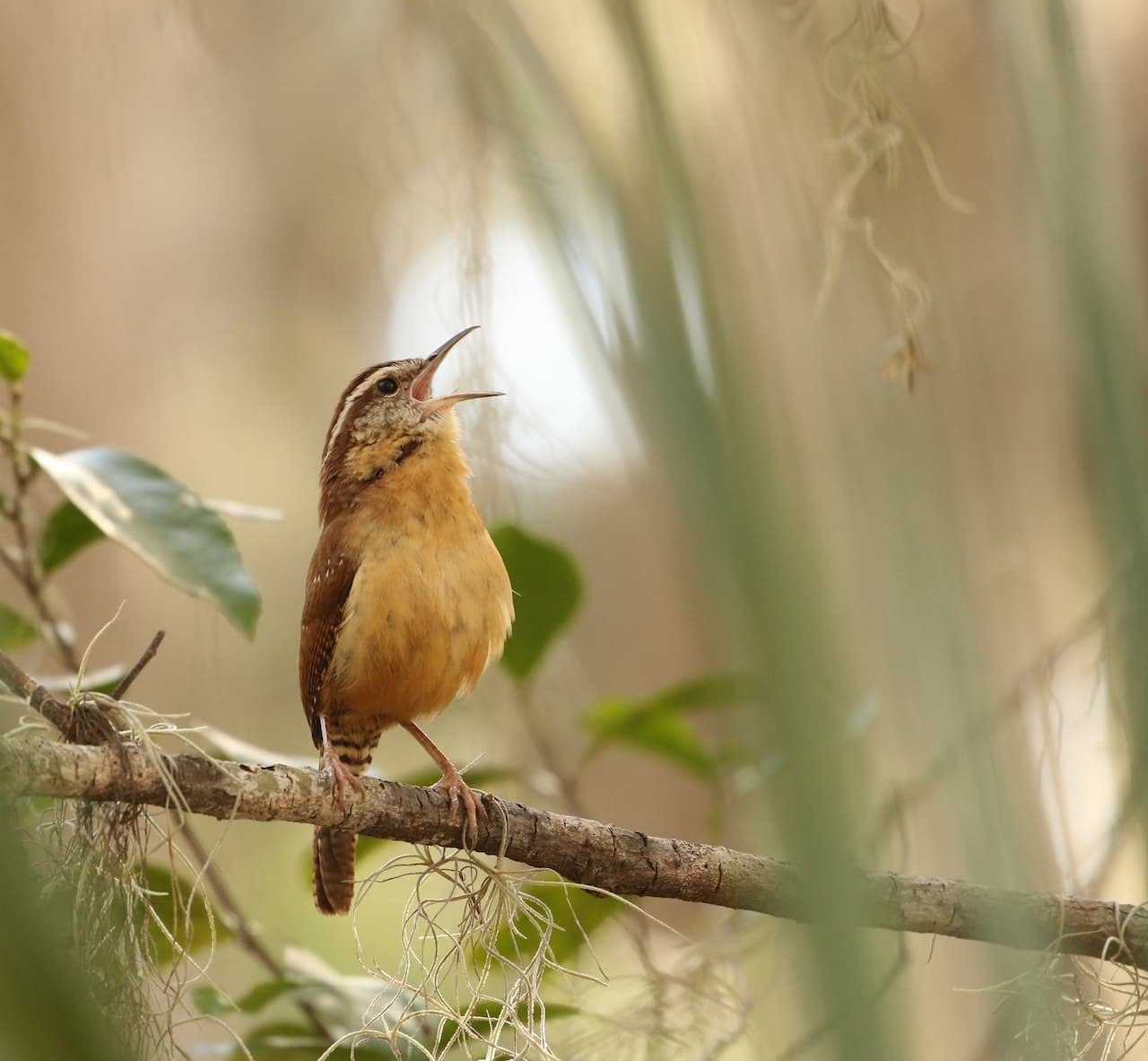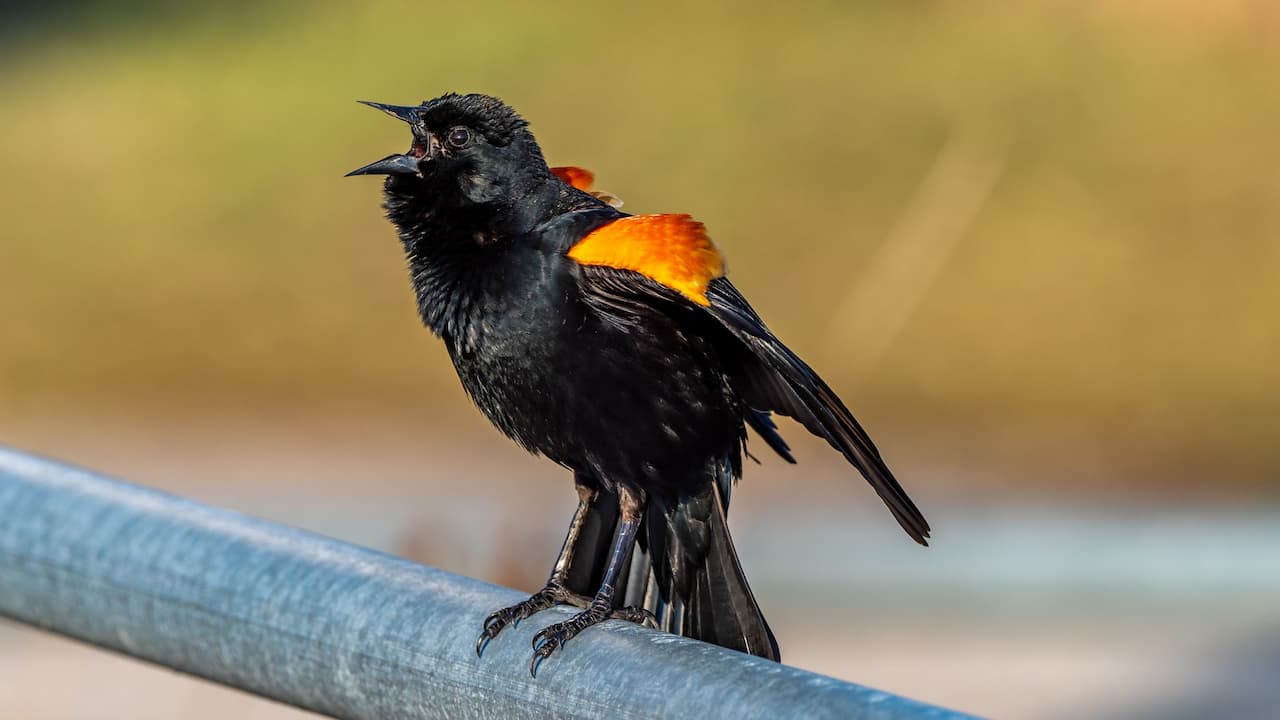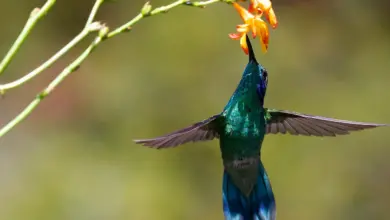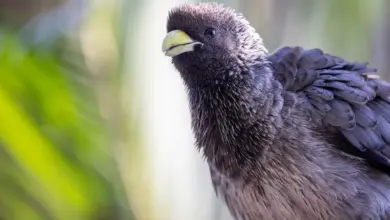Noisy Miner
The Noisy Miner (Manorina melanocephala) is a bird common to the eastern and southern states of Australia. It ranges from northern Queensland along the eastern coast to South Australia and Tasmania.
The Noisy Miner (Manorina melanocephala) is a bird common to the eastern and southern states of Australia. It ranges from northern Queensland along the eastern coast to South Australia and Tasmania. Its typical diet consists of nectar, fruit, and insects, and occasionally it feeds on small reptiles or amphibians. Somewhat opportunistic, the Miner will also feed on grains and can be seen foraging in grasslands although its normal habitat is scrub and woodlands. It has adjusted to urban areas far better than most other birds, given their preference for shorter grasses and thinner underbrush.
A territorial and gregarious bird that lives in groups or colonies of 4-12, the Miner will aggressively defend an area against invaders, harassing and chasing away larger invaders such as Magpies, Currawongs, or Crows, but pose more of a threat to smaller birds. Their ‘Noisy’ name is obvious when encountered, for their alarmed warning shrills are echoed across the colony as all members are alerted to your presence. Far softer are their social, talkative clicks, peeps, and squeaks.
Coloration is principally grey, with a lighter grey on their underbelly. The wings have flashes of green on the edges. The beak and area around and behind the eyes is yellow. When indicating submission, the bird frequently fluffs up the feathers around the eye, opening its beak to flutter its tongue and softly utter a “pipipipipee, pee, pee!” noise. A distinctive black head resembling a miner’s cap gives rise to its name. Grows to 20-25 cm in size.
The preference for shorter grasses in nesting areas seems related to a strong tendency for the young to ‘fall’ out of the nest a week before they can fly, allowing the adult a better view of approaching predators. The young will find a bush or low branch to begin their journey back up into the tree, while some member of the family typically stands guard to warn off any intruders.
Unfortunately, many Noisy Miners like nesting over ‘short’ grass so much that they frequently build over grassless areas – such as roads – resulting in those that aren’t run over often being picked up and brought into veterinary clinics, where they are subsequently put down. Noisy Miner can not be re-released into the wild alone, because of the territorial and very aggressive nature of the occupying colony, so ‘Fauna Rescue’ volunteers are extremely reluctant to take any in.
They are very active birds, easily distressed by being caged, and difficult to domesticate compared to traditional ‘pet’ birds. Finch or insectivore-rearing food mixed with Lorikeet and Honeyeater feed sustains them well, though they will generally try to eat anything offered. As with most birds, salt, avocado, and chocolate are extremely toxic to their system. Dairy products are not recommended either.
While it has adapted to urban areas, it also faces increasing competition from an introduced species, the Indian or Common Mynah. The Common Mynah is similar in size, beak colouration, and diet; but is otherwise unrelated and easily distinguished by its completely different appearance.
Copyright: Wikipedia. This article is licensed under the GNU Free Documentation License. It uses material from Wikipedia.org … Additional information and photos added by Avianweb.
Please Note: The articles or images on this page are the sole property of the authors or photographers. Please contact them directly with respect to any copyright or licensing questions. Thank you.





